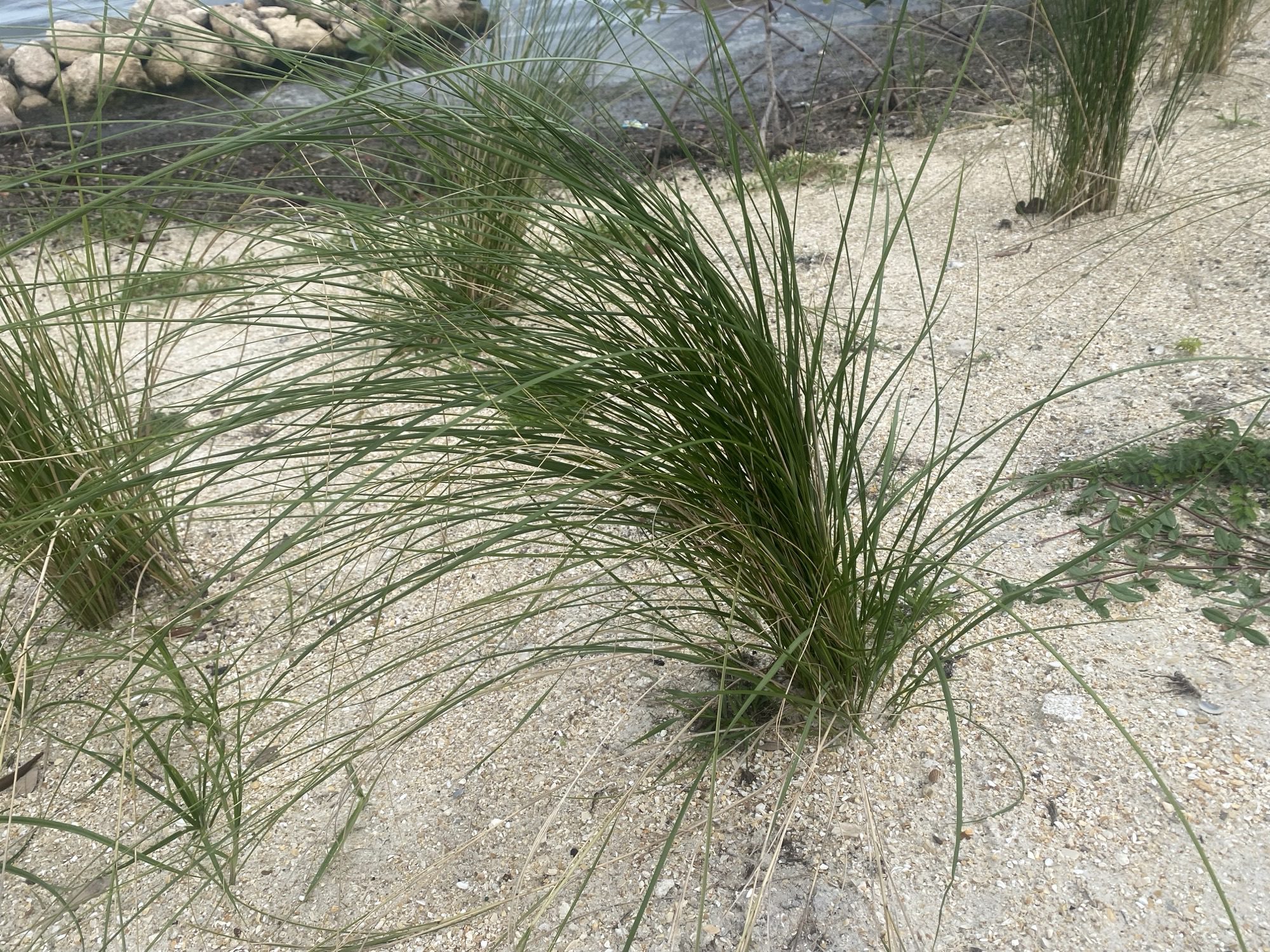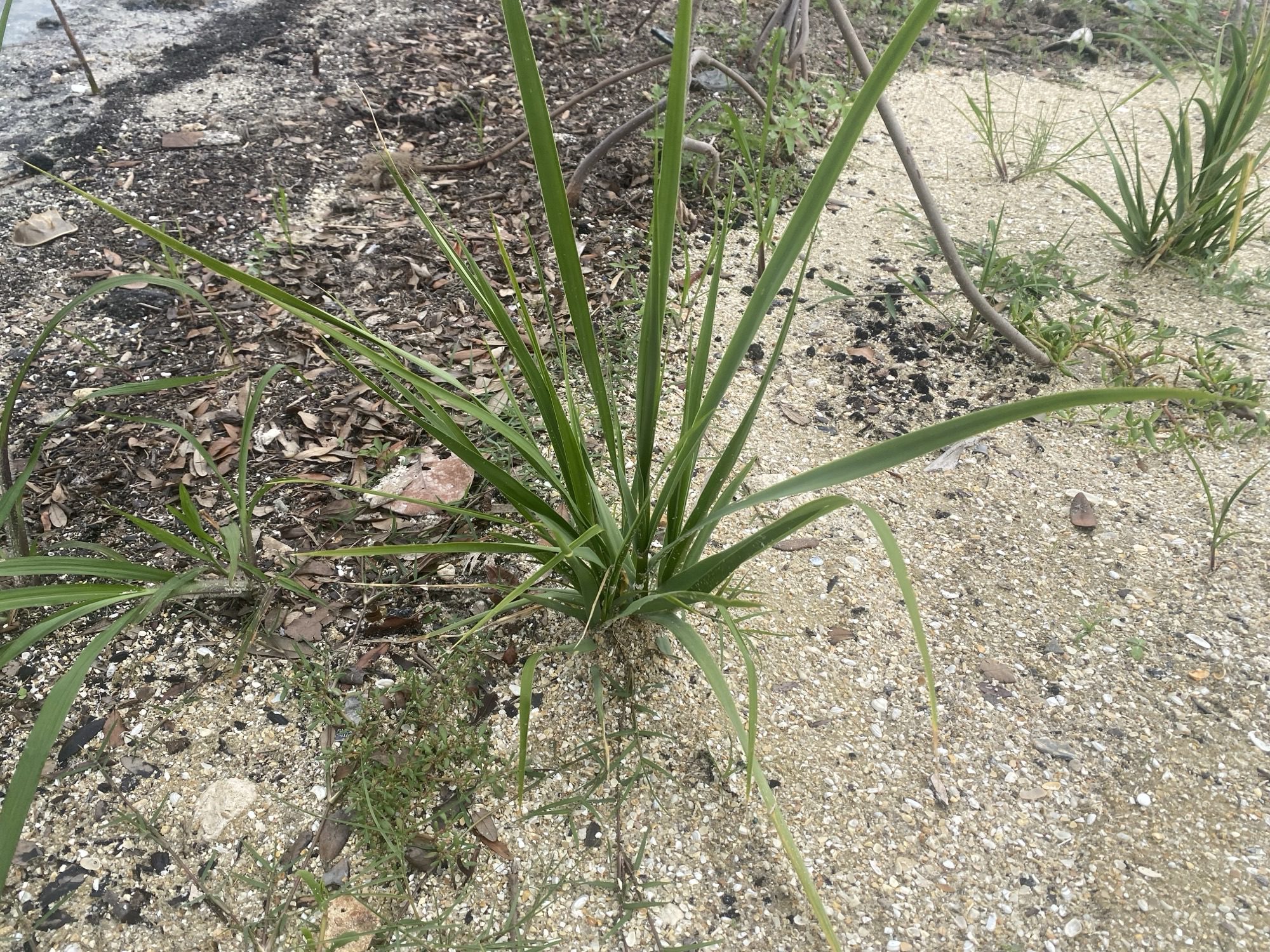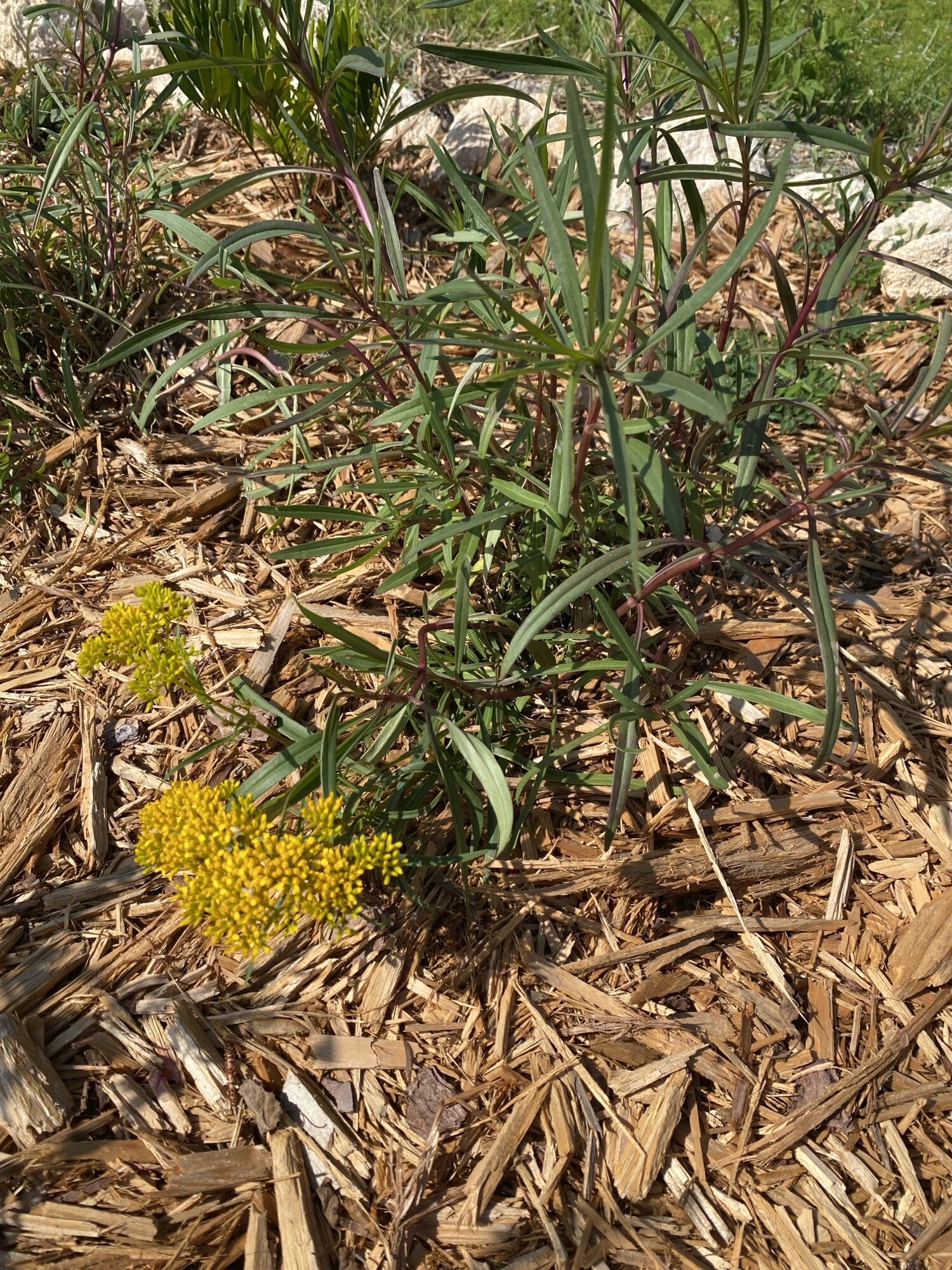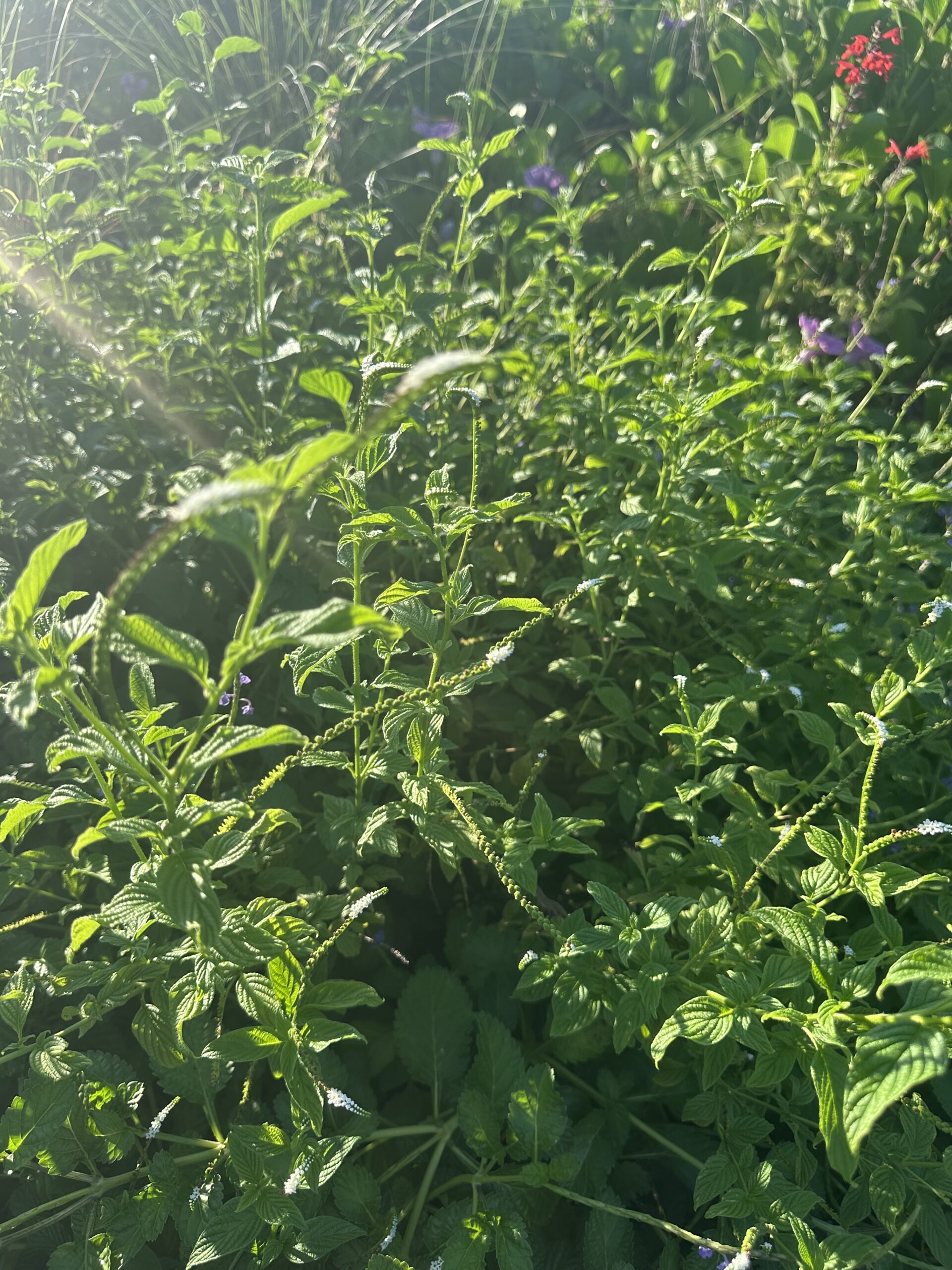
Plant Identification
We use Florida native plants in our buffer zone and living shoreline projects. Native plants provide a wide variety of benefits for the ecosystem, including providing food and shelter for local insects and wildlife, improving soil and water quality, reducing erosion and more. They also require less water, making them a more sustainable choice. Check out some key species below!

Pink Muhly Grass
Pink muhly grass (Muhlenbergia capillaries)

Sand Cordgrass
Sand cordgrass (Sporobolus bakeri)

Saltmarsh Cordgrass
Saltmarsh cordgrass (Sporobolus alterniflorus)

Red Mangrove
Red mangrove (Rhizophora mangle)

Coontie Palm
Coontie palm (Zamia integrifolia)

Spotted Beebalm
Spotted beebalm (Monarda punctata)

Tropical Sage
Tropical sage (Salvia coccinea)

Blue Porterweed
Blue porterweed (Stachytarpheta jamaicensis)

Narrowleaf Yellowtop
Narrowleaf yellowtop (Flaveria linearis)

Seaside Goldenrod
Seaside goldenrod (Solidago sempervirens)

Scorpion’s Tail
Scorpion’s tail (Heliotropium angiospermum)

Dune Sunflower
Dune sunflower (Helianthus debilis)

Sunshine Mimosa
Sunshine mimosa (Mimosa strigillosa)

Railroad Vine
Railroad vine (Ipomoea pes-caprae)

Shoreline Sea Purslane
Shoreline sea purslane (Sesuvium portulacastrum)
